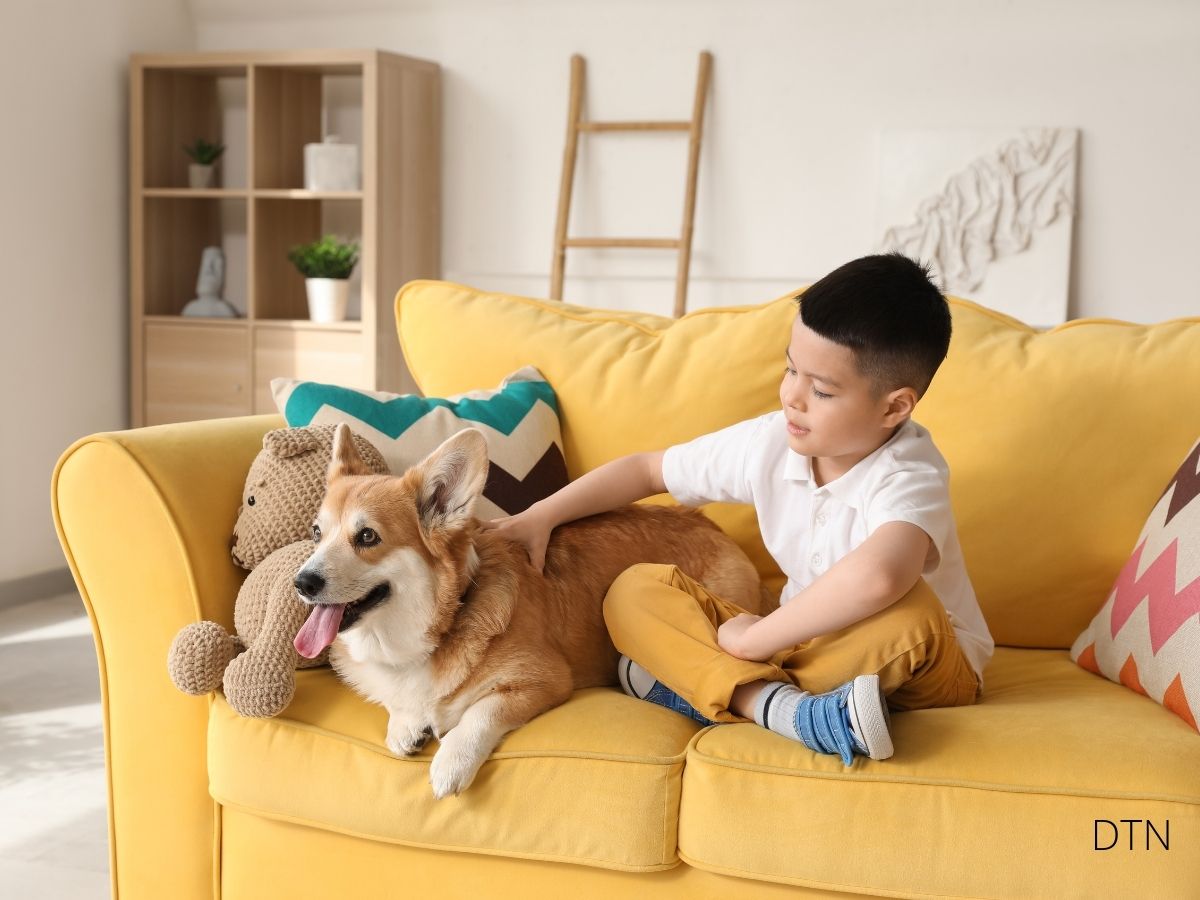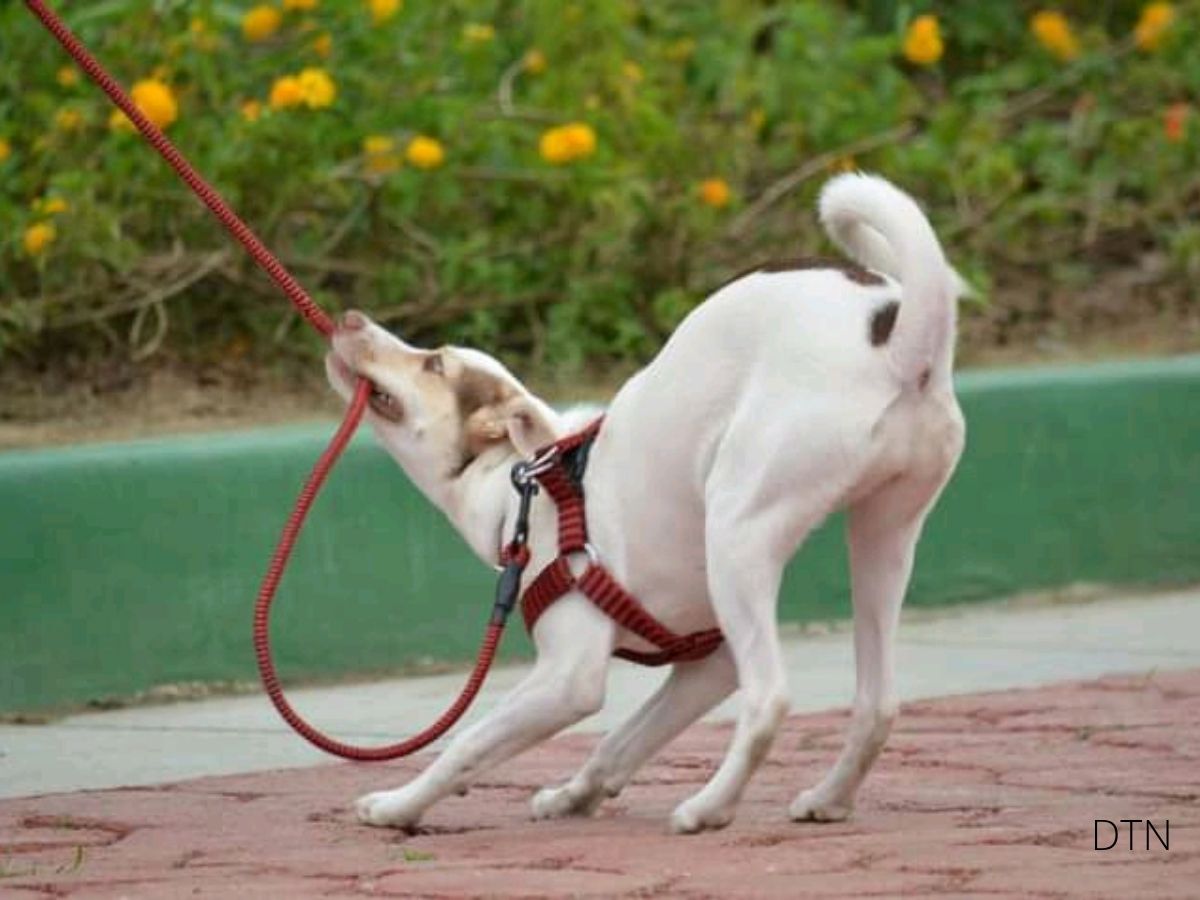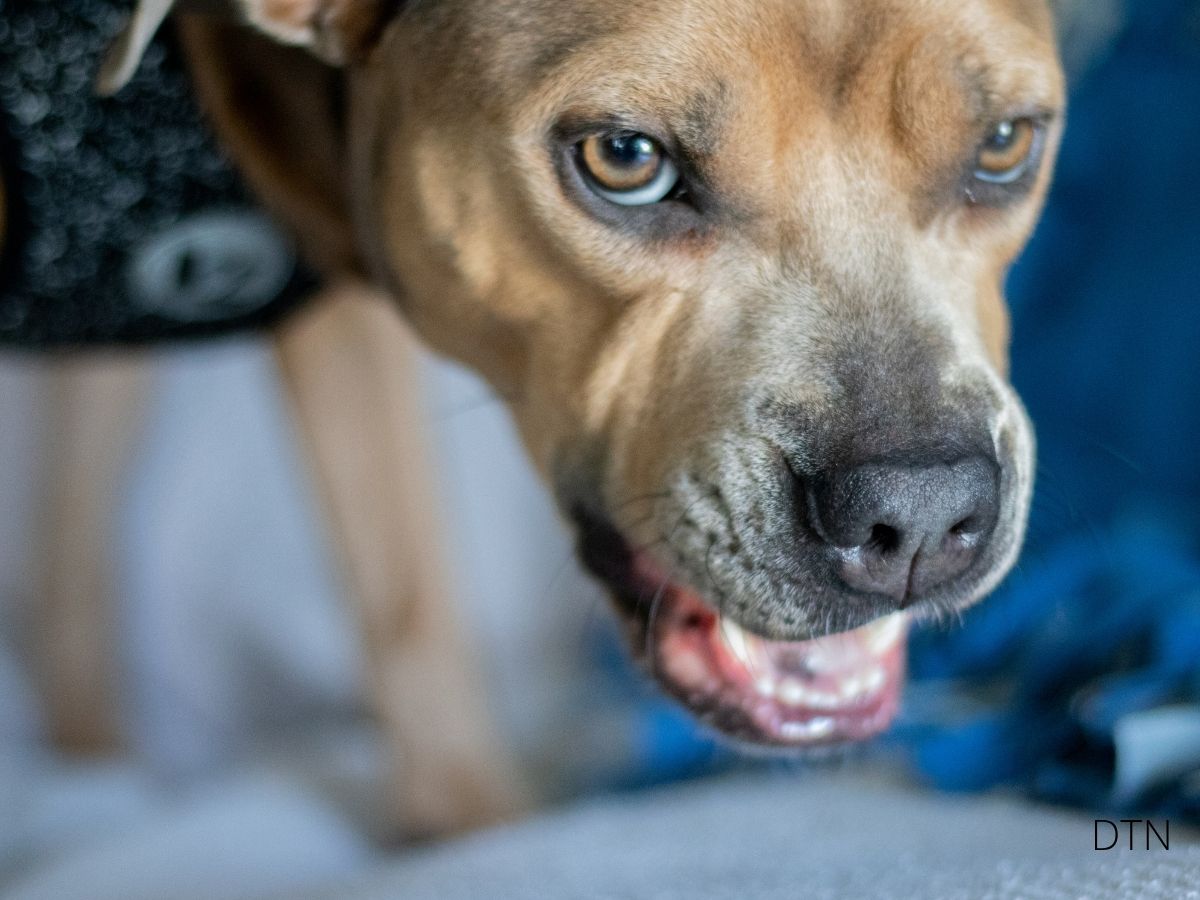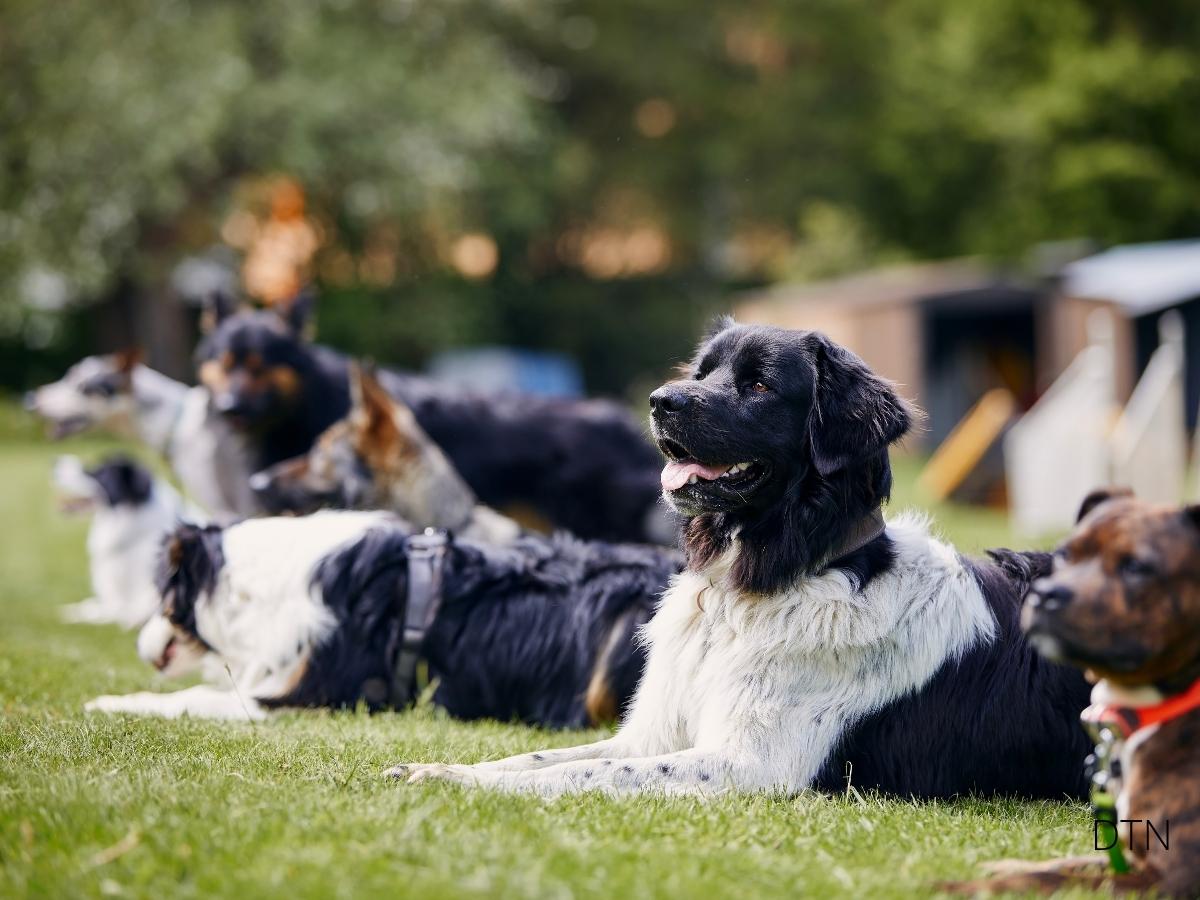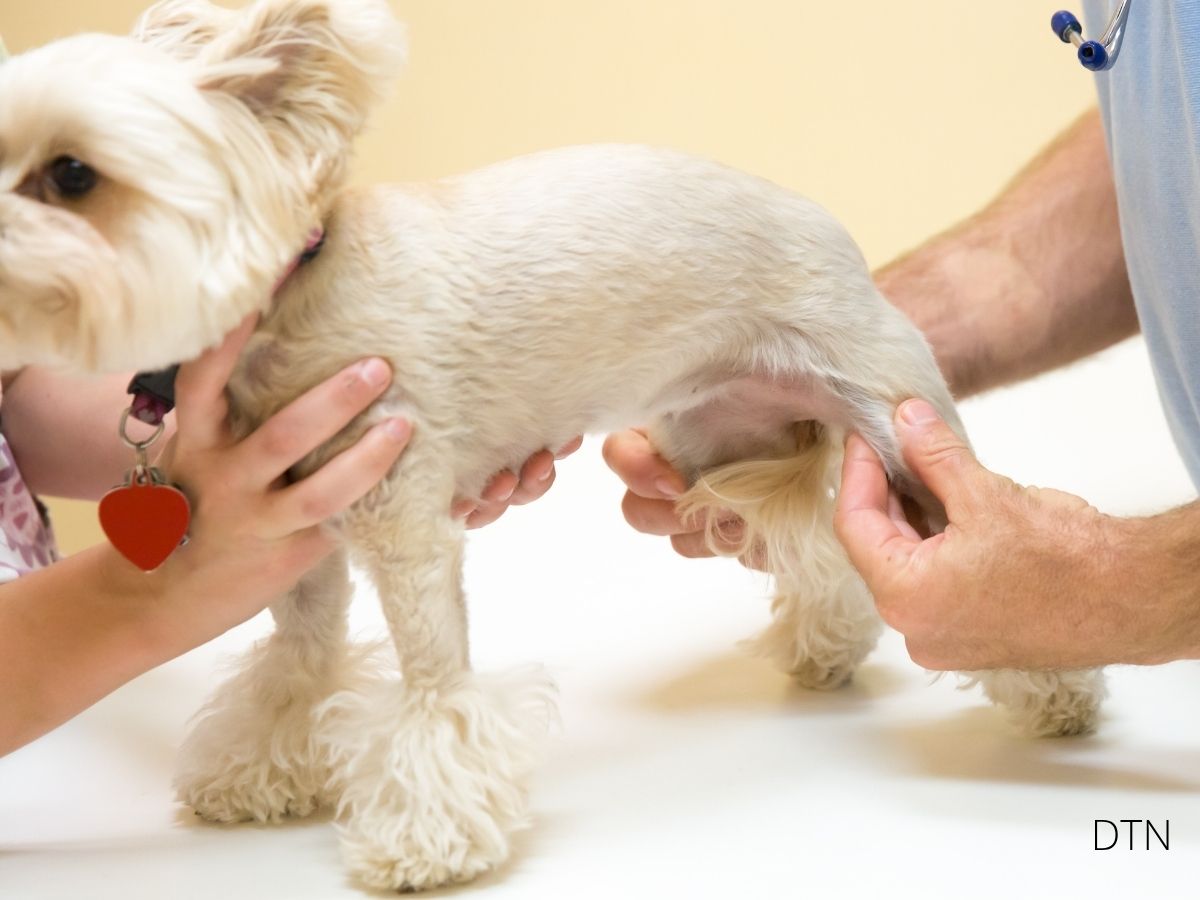The image of children and dogs as natural companions fills our cultural consciousness, but creating genuine harmony between them requires intentional effort, education, and ongoing commitment. Whether you’re expecting a child with a dog already at home or considering adding a canine companion to your family, understanding the dynamics between these two groups is essential for everyone’s safety and wellbeing.
Understanding the Communication Gap
Dogs and children fundamentally misunderstand each other’s communication styles. Children under six typically cannot accurately interpret canine body language, while dogs struggle with children’s unpredictable movements and high-pitched vocalizations. This mutual misunderstanding creates the foundation for most dog-child conflicts.
When dogs experience repeated stress around children, their brains establish neural pathways that make future calm interactions increasingly difficult. This neurological response explains why prevention matters more than correction in dog-child relationships.
Critical Warning Signs from Dogs
Learn to recognize these stress signals that precede more serious responses:
- Lip licking when not eating
- Repeated yawning when not tired
- Turning head away or avoiding eye contact
- Becoming unnaturally still (freezing)
- Showing the whites of eyes (whale eye)
- Low growling
A growl is valuable communication—your dog saying “I’m uncomfortable” before escalating. Never punish growling, as it removes this warning system.
Problematic Child Behaviors
Children naturally engage in behaviors that stress dogs:
- Sudden movements triggering startle responses
- Direct, prolonged eye contact (threatening to dogs)
- Hugging or leaning over dogs (constraining)
- Disturbing resting dogs or approaching during meals
- Pulling ears, tails, or fur
Resource guarding intensifies around children because their unpredictable movements and poor impulse control epitomize uncertainty in a dog’s mind. This behavior requires careful management, as traditional training approaches may need modification when children are involved.
Age-Appropriate Interactions
Infancy to Toddlerhood (0-3 years)
During these years, focus on constant supervision and teaching through modeling. Toddlers developing motor skills often grab, follow, and attempt to hug dogs—all potentially triggering defensive responses. Guide toddler hands to demonstrate gentle petting, use quiet voices, and create positive associations through parallel activities rather than direct interaction.
Preschool Years (3-5)
Preschoolers develop theory of mind—understanding others have different feelings—enabling more sophisticated relationships. However, they still lack consistent impulse control. Establish simple, clear rules:
- “We pet with one hand, gently”
- “Dogs eat alone”
- “Sleeping dogs need quiet”
- “Ask before petting”
Use guided observation to build empathy: “Look at Buddy’s tail—it’s tucked low. How do you think he feels?”
School-Age (6-12)
Children this age can understand complex behavioral cues and participate meaningfully in training. Introduce age-appropriate responsibilities like filling water bowls, grooming assistance, and supervised walks. However, peer pressure during this stage might encourage risky showing-off behaviors, necessitating firm family rules that apply regardless of visitors.
Training Foundations for Family Dogs
Traditional obedience provides structure, but family dogs specifically need impulse control and emotional regulation training to manage the arousal children bring.
Essential Commands for Family Dogs:
- “Place/Mat”: Creates a safe retreat option
- “Leave it”: For child toys and food
- “Wait”: At doorways and before meals
- “Gentle”: For taking treats or toys
- “Off”: Managing jumping or space invasion
Use positive reinforcement exclusively, as punishment-based methods increase anxiety around children, potentially escalating safety concerns.
Desensitization Protocols
Systematic desensitization helps dogs develop positive associations with child-specific stimuli. Start with low-intensity exposures (recordings of children, distant observation) paired with rewards, gradually increasing intensity as the dog remains calm. Consider working with professionals specializing in family dynamics for dogs struggling with child-related anxiety.
Teaching Children Dog Safety
Implement age-appropriate safety education:
Toddlers: Focus on “gentle touches” and “ask first”
Preschoolers: Teach “be a tree” (standing still when approached by dogs), recognizing happy versus worried dogs, and basic body language
School-age: Complex body language interpretation, understanding trigger stacking, and safe interaction with unfamiliar dogs
The greatest fear dogs know is the fear that you will not come back when you go out the door without them.
– Stanley Coren
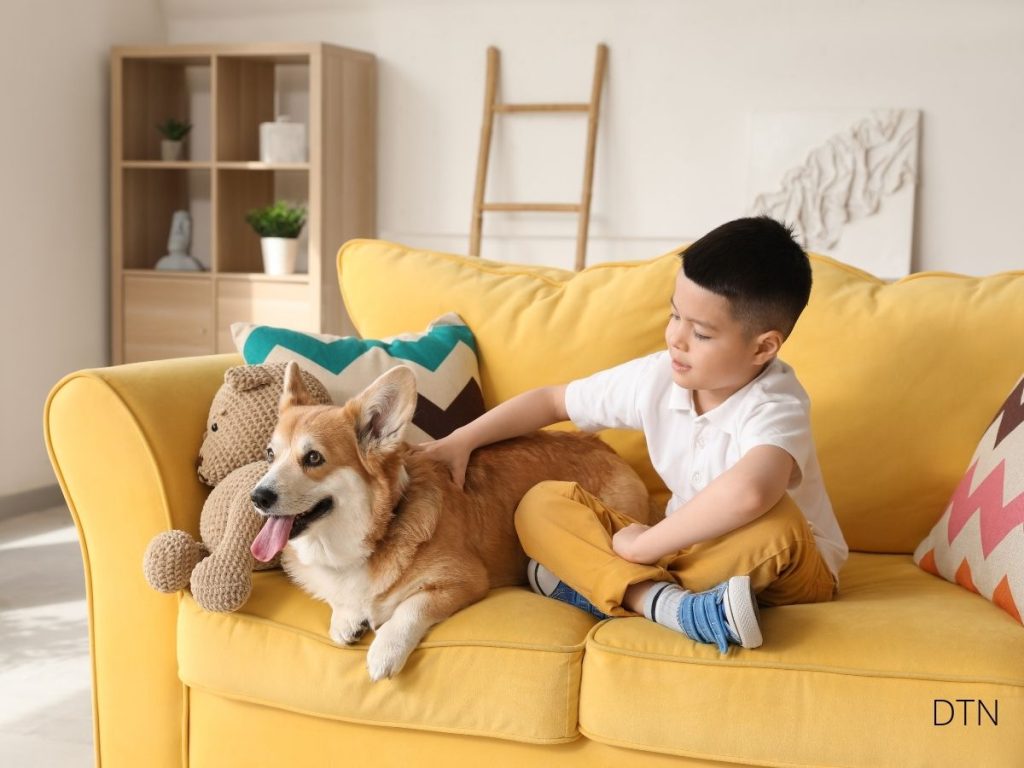
Environmental Management
Strategic space modifications prevent problems before they arise. Install baby gates to create visual access with physical separation when needed. Ensure dogs have clear escape routes from any room to prevent feeling trapped. Create dog-only zones with comfortable bedding where retreat is always possible.
Essential Modifications:
- Elevated feeding stations out of toddler reach
- Separate toy storage systems
- Multiple water stations in multi-pet households
- Sound dampening in dog rest areas
Maintain predictable routines that reduce anxiety for both species. Include parallel activities where child and dog coexist without direct interaction—perhaps coloring while the dog enjoys a puzzle feeder nearby.
Health and Welfare Considerations
Chronic stress from challenging child interactions affects dogs’ physical health through sustained cortisol elevation, impacting immune function, digestive health, and cognitive capacity. Watch for signs including excessive shedding, digestive issues, appetite changes, compulsive behaviors, and lowered immunity.
Living closely with children requires heightened attention to disease prevention. Teach proper hygiene: handwashing after petting, no face licking, avoiding contact with waste, and keeping toys separate. Regular veterinary care, including parasite prevention and vaccinations, protects both species.
Special Circumstances
Introducing Dogs to New Babies
Begin preparation months before baby arrives. Adjust routines gradually, practice with baby equipment, and introduce baby sounds and scents slowly. When baby arrives, maintain the dog’s routine as much as possible. Allow observation from a distance initially, rewarding calm behavior without forcing interaction.
Managing Fearful or Reactive Dogs
Dogs with existing fear issues require professional intervention and modified management strategies. Never attempt to “socialize” fearful dogs through forced child interaction—this typically worsens fear and creates danger. Work with certified behaviorists who understand both canine behavior and child development.
When Harmony Isn’t Possible
Sometimes specific dog-child combinations don’t work despite best efforts. Seek professional assessment if you observe:
- Escalating aggression despite intervention
- Children developing fear of dogs
- Chronic stress symptoms in dogs
- Multiple bite incidents
- Unresponsive resource guarding
- Predatory behavior toward children
Rehoming decisions require professional guidance and courage. A dog thriving in a child-free environment is better than one living in chronic stress.
Breed Considerations
No breed is inherently “good with children”—individual temperament, socialization, and training matter most. The dangerous “nanny dog” myth has led to preventable tragedies when families assumed breed reputation replaced proper supervision.
Every breed was developed for specific purposes influencing behavioral tendencies. Herding breeds may nip at running children (not aggression, but genetic programming). Terriers with high prey drive chase quick movements. Guardian breeds might become overprotective. Understanding these tendencies helps work with, rather than against, natural inclinations.
Size brings unique considerations. Large dogs can accidentally harm through enthusiastic greetings, while small dogs often have lower handling tolerance and greater fragility. Neither is inherently better for families—match your environment and management capacity to the dog’s needs.
Building Positive Relationships
Beyond safety, true harmony involves emotional bonding through positive shared experiences. Create age-appropriate bonding opportunities: toddlers helping fill water bowls, preschoolers participating in training, school-age children reading to dogs. These interactions teach empathy, responsibility, and non-verbal communication skills that extend beyond pet relationships.
Document milestones and create traditions including your dog—seasonal adventures, grooming sessions, quiet companionship. These memories become part of your children’s life story, reinforcing that investment in harmony pays dividends in joy and connection.
Professional Support Networks
Build support networks including veterinarians experienced with family dogs, certified trainers specializing in child-dog interactions, and potentially family therapists who appreciate pets’ roles. Dog trainers certified in Family Paws programs specifically address these dynamics and connect families facing similar challenges.
Making the Decision
Successful dog-child households share common characteristics: realistic expectations, consistent boundaries, proactive management, and willingness to seek help. They prioritize safety without sacrificing joy, understanding that harmony requires daily attention rather than being a final destination.
Consider honestly whether your lifestyle accommodates both children’s and dogs’ needs. Can you provide adequate exercise, training, and attention while meeting children’s needs? Do all adults agree on management strategies? Are you prepared for challenging developmental phases?
Well-managed dog-child relationships offer profound benefits. Children develop empathy and responsibility while experiencing unconditional love. Dogs enjoy enriched social environments and purposeful roles. But these benefits only emerge when safety and welfare remain paramount.
Your Next Steps
Start with one small change this week—perhaps teaching a new body language signal, creating a quiet zone, or scheduling a professional consultation. Small, consistent steps create lasting transformation. Every family’s journey looks different. Trust your instincts, prioritize safety, and celebrate small victories.
The harmony you build today creates memories your children will carry throughout their lives—memories of unconditional love, mutual respect, and the magic that happens when two species learn to understand each other. This journey is challenging but ultimately rewarding for families willing to invest in creating safe, enriching relationships where dogs and children don’t just coexist—they thrive together.Retry


